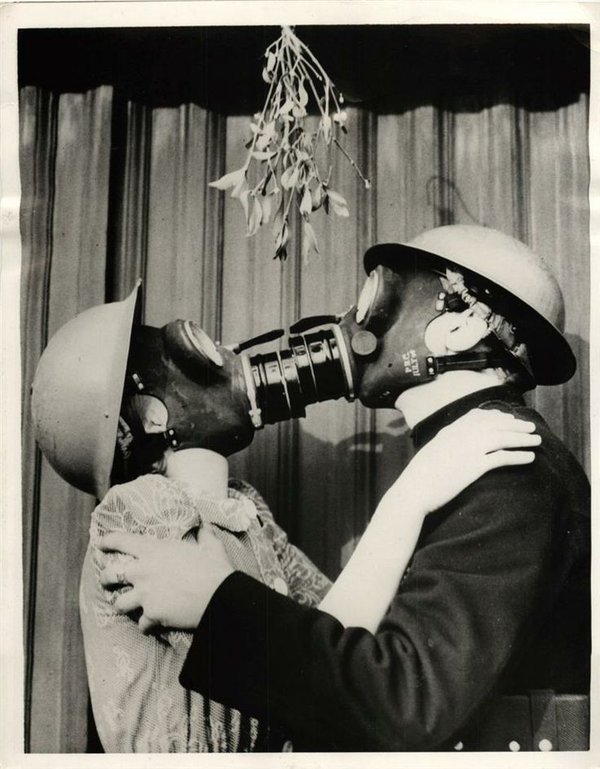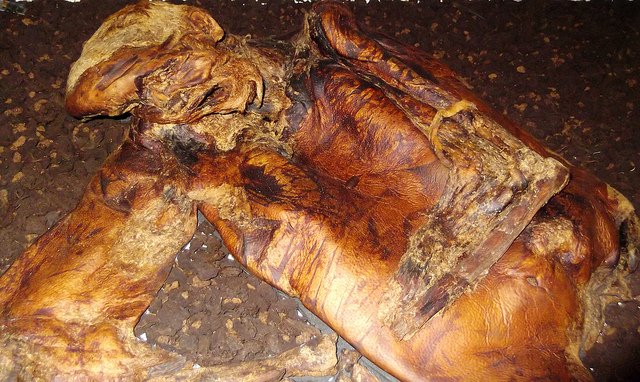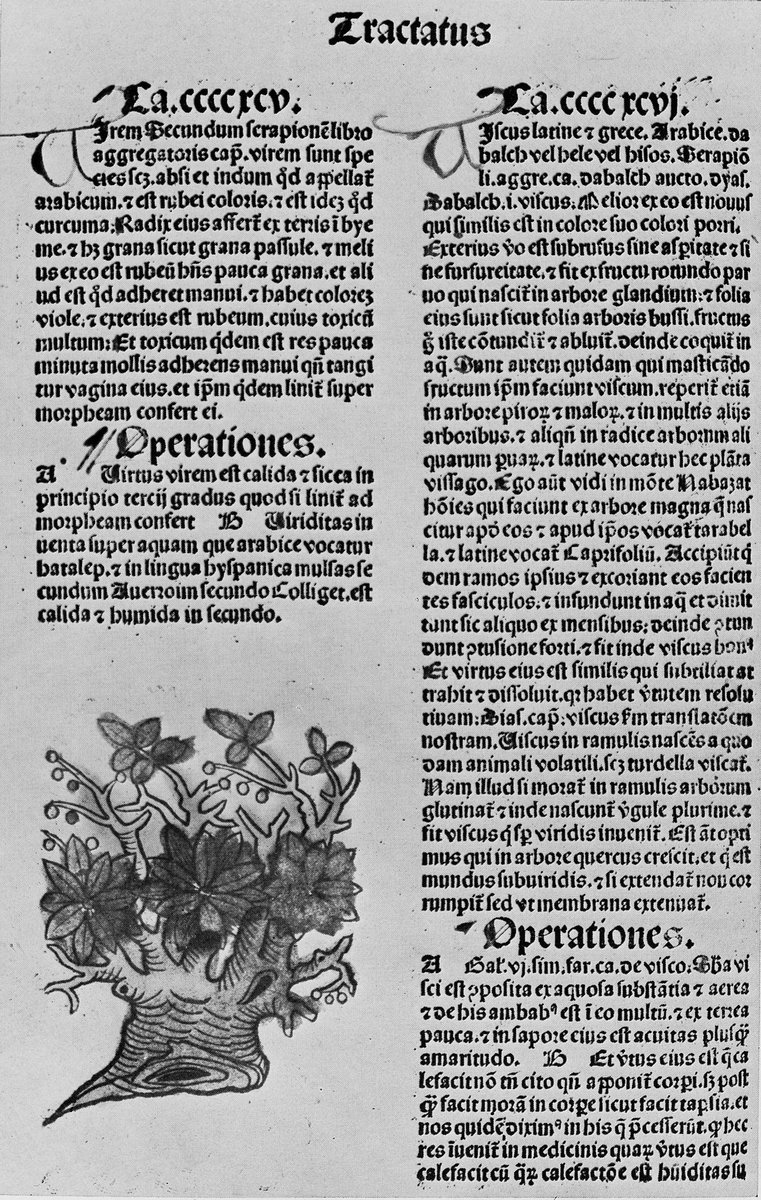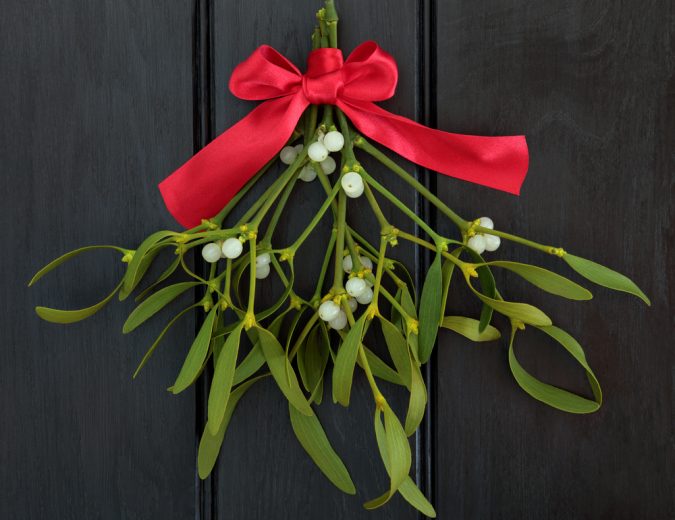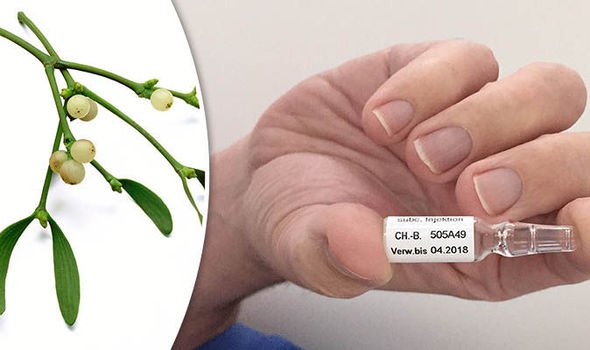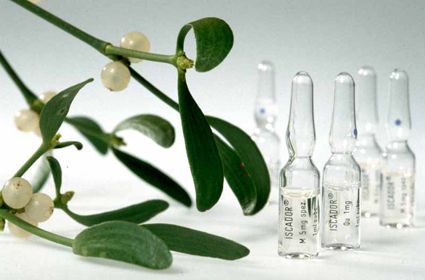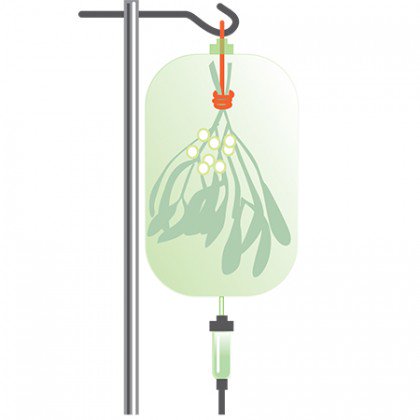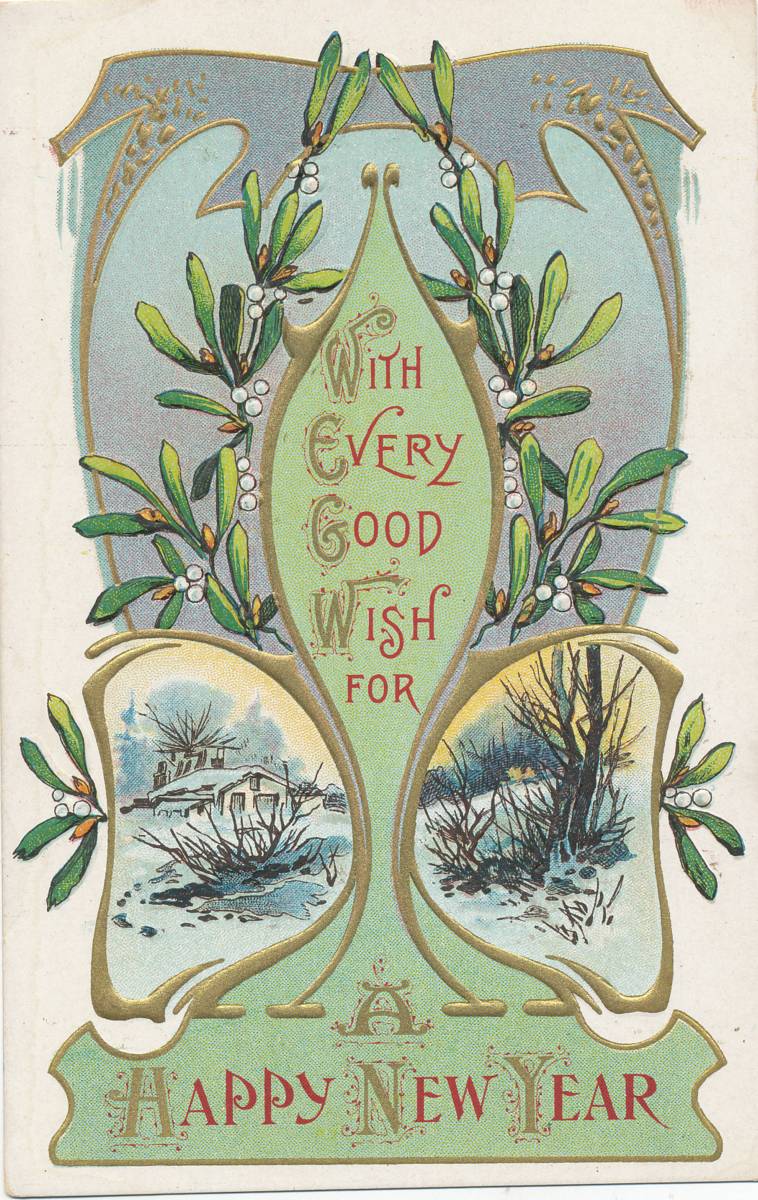THREAD: MISTLETOE & MEDICINE (1/10) 

Today, we associate mistletoe with smooching; however, the poisonous plant has a long association with medicine, and in the past would have been recognized by some doctors as a vital ingredient in the treatment of various disorders.


Today, we associate mistletoe with smooching; however, the poisonous plant has a long association with medicine, and in the past would have been recognized by some doctors as a vital ingredient in the treatment of various disorders.
(2/10) One of the first records of mistletoe being used medicinally comes from Hippocrates (460 – 377 BC) who used the plant to treat diseases of the spleen and complaints associated with menstruation.
(3/10) Celsus (25 BC – 50 AD) mixed mistletoe with various organic or inorganic substances to create plasters and emollients, which he then used to treat abscesses, carcinoids, and scrofuladerma (depicted here).
(4/10) When the preserved remains of the 2,000-year-old bog body known as Lindow Man, scientists also found evidence of his last, which included a grilled bran pancake that had burned while it was cooking, and a drink made from mistletoe.
(5/10) By the 15th and 16th centuries, mistletoe was being used in Europe to cure all kinds of ailments. The oldest printed description and picture of mistletoe dates from 1491. Photo: @ExploreWellcome
(6/10) Mistletoe can act as a stimulant, increasing blood pressure and heartbeat (though both of these effects can wear off very suddenly, which can be dangerous). In this way, mistletoe was sometimes used to treat angina and heart ailments.
(7/10) Today, researchers have begun conducting experiments with mistletoe that show an extract from the plant not only kills cancer cells in certain animals, but also boosts their immune systems, helping the body to fight off the disease naturally.
(8/10) These results, however, have not been proven to work reliably in humans to date, and more experiments are needed before we can understand what (if any) are the effects of mistletoe on cancer.
(9/10) In Germany, mistletoe is sometimes used for palliative care of cancer patients. Trials show that the plant can ease fatigue, nausea, & depression. Some studies also suggest it can help diminish the toxicity of chemo drugs, which means patients can tolerate higher doses.
(10/10) I hope you enjoyed this little #histmed thread! For those celebrating it, have a Merry Christmas! And thanks, as always, for your interest in my work. 


 Read on Twitter
Read on Twitter